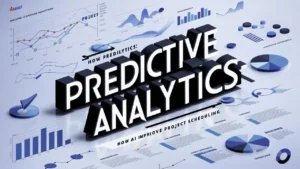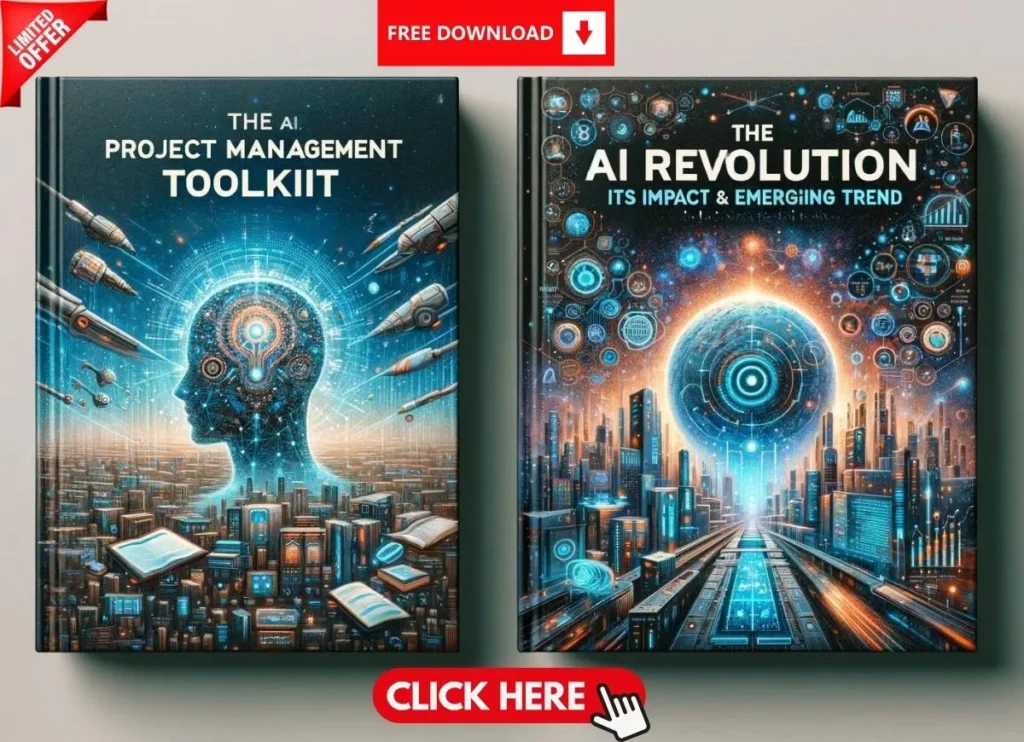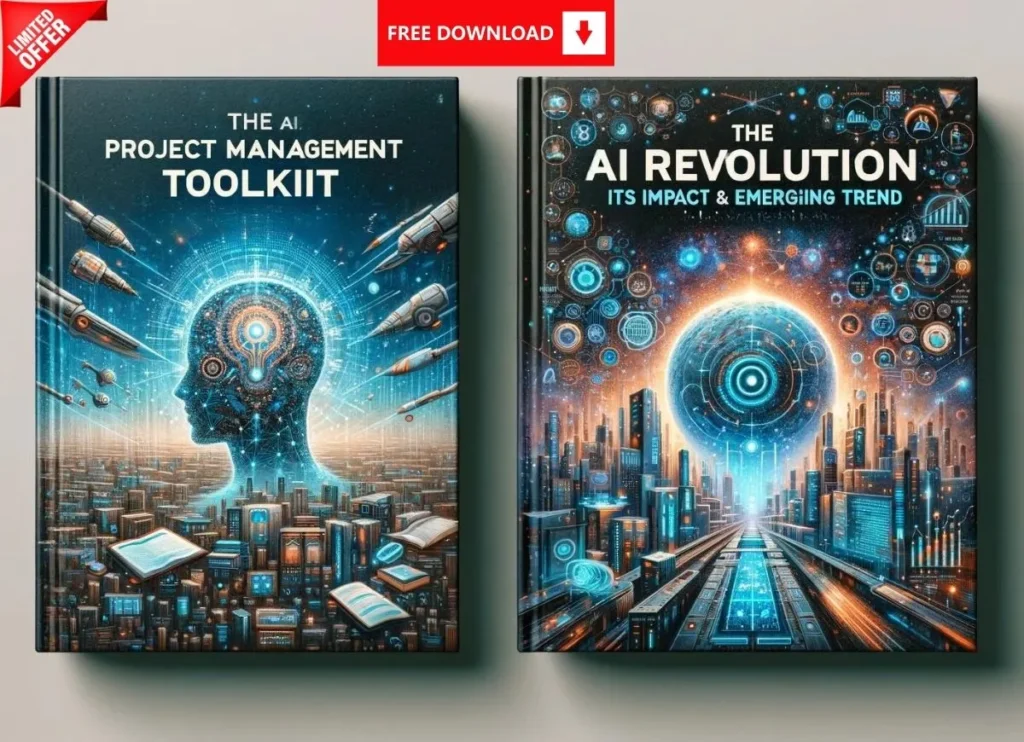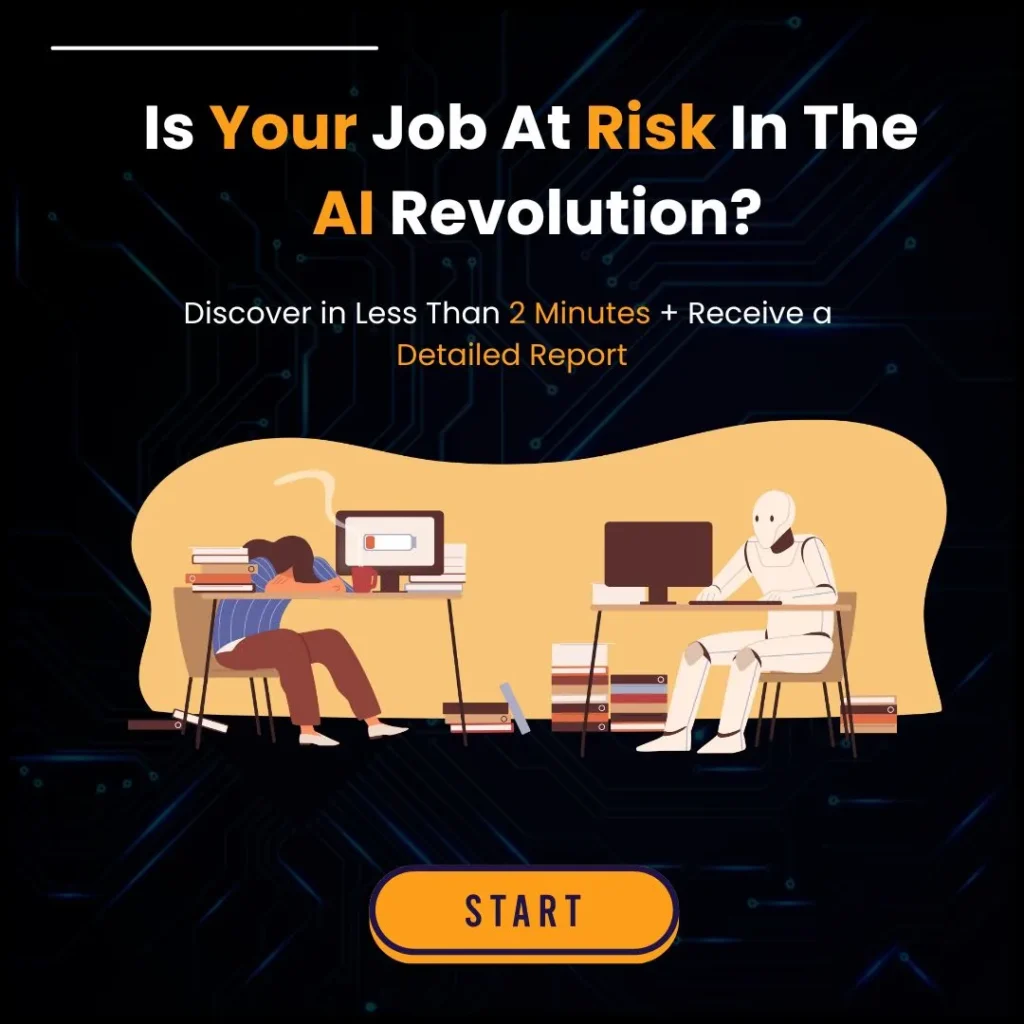Introduction
In an era defined by digital transformation, predictive analytics has emerged as a game-changer for organizations seeking to elevate their project management capabilities. By merging data science, machine learning, and AI in project scheduling, companies can accurately predict timelines, optimize resources, and preempt bottlenecks to achieve consistently successful project outcomes. The powerful synergy of AI forecasting and robust project scheduling tools offers substantial benefits such as improved efficiency, reduced costs, and greater stakeholder satisfaction.
This comprehensive blog post explores how predictive analytics can revolutionize AI-powered project management, from the basics of collecting and analyzing data to advanced tactics for forecasting timelines and reducing risk. Along the way, we will discuss real-world case studies, practical tips, and best practices for implementing predictive project management. Whether you’re a seasoned project manager, an executive, or an aspiring professional looking to sharpen your competitive edge, you’ll find actionable insights here to help you harness predictive analytics for improved scheduling optimization and resource management.
1. Understanding Predictive Analytics in Project Management
1.1 Defining Predictive Analytics
Predictive analytics uses statistical algorithms, data mining, machine learning, and other advanced techniques to examine current and historical data, thereby predicting future outcomes. In the context of project management, it serves as a data-driven framework to forecast project timelines, costs, risks, and resource requirements. When leveraged properly, predictive analytics helps managers make proactive decisions—rather than merely reacting to problems once they occur.
1.2 Core Components of Predictive Analytics
- Data Collection: Gathering historical project data (e.g., budgets, timelines, resource usage, quality metrics).
- Data Preparation: Cleaning, labeling, and structuring data so it can be efficiently analyzed.
- Model Development: Building machine learning or statistical models to detect patterns and trends.
- Validation & Testing: Ensuring the models are accurate and robust by comparing predicted outcomes with actual results from past projects.
- Deployment: Integrating predictive models into project scheduling tools or dashboards to enable real-time insights.
1.3 Evolving Project Management with Data-Driven Insights
Traditional project management methods often rely heavily on subjective estimation and gut-feel decision-making. Predictive analytics infuses objectivity by grounding decisions in empirical data. Instead of speculating how a project might proceed, managers can rely on predictive models to gauge whether they’re on track or headed for delays and budget overruns.
2. Why Predictive Analytics Matters for Project Scheduling
2.1 The High Cost of Inaccurate Scheduling
In project management, time is not just money—it’s everything. Missing deadlines can undermine stakeholder confidence, inflate costs, and even jeopardize the entire project. Research from the Project Management Institute (PMI) reveals that over 50% of projects fail to meet initial timeframes and budget estimates. By contrast, adopting predictive analytics can significantly increase the likelihood of meeting critical deadlines.
2.2 Benefits of Data-Driven PM
Traditional project management methods often rely heavily on subjective estimation and gut-feel decision-making. Predictive analytics infuses objectivity by grounding decisions in empirical data. Instead of speculating how a project might proceed, managers can rely on predictive models to gauge whether they’re on track or headed for delays and budget overruns.
2.3 Shifting Mindsets and Processes
Organizations that deploy predictive analytics effectively often adopt an organizational culture of continuous improvement. This culture endorses:
- Quantitative Decision-Making: Focusing on metrics, probabilities, and data patterns rather than intuition alone.
- Collaboration: Empowering cross-functional teams to share data and refine predictive models cooperatively.
- Agile Adaptation: Rapid iteration and nimble responses to data-driven insights, adjusting project schedules as new information emerges.
3. The Role of AI in Predictive Analytics
3.1 AI Forecasting Fundamentals
Artificial Intelligence (AI) empowers predictive analytics by amplifying its speed, scale, and accuracy. AI-driven models can swiftly parse large volumes of structured and unstructured data—far beyond the capacity of traditional statistical methods. For instance, a neural network might process complex project data (such as resource utilization, deliverables, or vendor performance) to generate dynamic forecasts in near-real time.
3.2 From Data Silos to Real-Time Insights
Legacy systems often store data in disconnected silos, hindering a holistic view of project performance. AI-powered project management solutions break down these silos by integrating multiple data feeds—such as time-tracking tools, financial software, and communication platforms—into a single repository. This unified database supports continuous learning and real-time forecasting.
3.3 Transforming Decision-Making Through AI
- Pattern Recognition: Machine learning algorithms excel at recognizing trends that might not be apparent to human analysts.
- Proactive Alerts: When a scheduling anomaly is detected, AI systems can send real-time notifications, enabling project teams to act before minor issues become major crises.
- Automated Resource Allocation: Some advanced scheduling systems use AI to match resources (people, budget, tools) to tasks based on priority, skill sets, and availability.
4. Key Benefits of Using AI for Project Scheduling and Predictive Analytics
- Increased Accuracy: Automated data analysis reduces human error and increases the reliability of project predictions.
- Time Efficiency: By eliminating repetitive tasks and manual updates, AI forecasting frees up managers to focus on strategic planning.
- Scalability: Whether you manage ten projects or a hundred, AI-based systems can handle data from multiple sources simultaneously.
- Enhanced Collaboration: Shared dashboards and data-driven insights foster more meaningful communication between project stakeholders.
- Risk Reduction: Predictive analytics identifies risks early—such as scope creep or vendor delays—and offers mitigation strategies to keep projects on track.
5. Real-World Applications of Predictive Analytics in Project Management
5.1 Construction Industry
In construction projects, unexpected delays can skyrocket costs. Firms use predictive analytics to forecast potential schedule disruptions caused by weather, supply chain blockages, or labor shortages. Advanced AI forecasting tools can incorporate satellite weather data, real-time traffic updates, and workforce availability to provide dynamic schedules.
5.2 IT and Software Development
Agile and DevOps methodologies rely heavily on iterative tasks. By analyzing sprint data, user stories, and velocity charts, predictive analytics can warn project managers if upcoming sprints are likely to experience bottlenecks. This insight helps in reassigning resources, resizing tasks, and meeting release deadlines.
5.3 Healthcare and Pharmaceuticals
Clinical trials are notoriously complex and time-sensitive. Predictive analytics can optimize trial durations by correlating patient recruitment rates, drug efficacy, and regulatory approvals. This approach helps healthcare organizations bring vital treatments to market faster while adhering to strict compliance requirements.
5.4 Marketing Campaigns and Product Launches
Marketing teams use predictive project management to forecast everything from campaign readiness to audience response rates. By integrating consumer behavior analytics, social media trends, and budget constraints, marketers can craft targeted plans that are more likely to succeed—and on schedule.
6. How Does AI Improve Project Scheduling Accuracy?
- Machine Learning Algorithms
Advanced algorithms such as Random Forests and Gradient Boosted Decision Trees excel at handling large, complex datasets. They iteratively learn from previous project outcomes, refining predictions about future tasks, timelines, and outcomes. - Natural Language Processing (NLP)
NLP engines can glean insights from unstructured data like project documents, emails, and internal messages. This data may hint at emerging issues that could affect schedules (e.g., repeated complaints about a certain vendor). - Real-Time Analytics
AI-driven systems continuously update models whenever new data becomes available. Real-time analytics helps you adjust schedules proactively, avoiding disruptions and last-minute surprises. - Continuous Learning
Each project completion loop serves as fresh training data for your predictive models. Over time, the system becomes more precise, consistently improving project scheduling.
7. Identifying and Mitigating Scheduling Risks with Predictive Analytics
7.1 Key Indicators of Scheduling Risk
- Scope Creep: Frequent change requests or expansions beyond the initial project plan can spiral costs and timelines out of control.
- Resource Overload: If multiple projects depend on a single specialized team member, that individual can become a bottleneck.
- Vendor Reliability: Past performance is often the best predictor of future reliability. Delayed deliverables in previous engagements hint at possible future delays.
- Budget Utilization Rate: Burning through budgets too quickly can trigger panic among stakeholders and disrupt project pacing.
7.2 Risk Mitigation Tactics
- Scenario Analysis: Predictive models simulate best-case, worst-case, and most-likely scenarios, enabling managers to prepare fallback strategies.
- Buffering & Contingencies: Including small time and cost buffers in the project plan can cushion against unforeseen changes.
- Transparency & Communication: Automated dashboards that track and display key performance metrics help keep everyone informed, reducing the likelihood of nasty surprises.
- Frequent Check-Ins: Data-driven check-ins, such as daily or weekly sync-ups informed by predictive dashboards, ensure issues are discovered and addressed quickly.
8. Examples of AI in Predictive Project Scheduling
- Automated Task Management
AI tools dynamically rearrange tasks based on priorities, dependencies, and available resources. This ensures that essential tasks aren’t stalled due to resource conflicts. - Early Warning Systems
Some platforms use anomaly detection to spot unusual behavior—for example, if a particular team member’s productivity drops significantly, signifying a risk for deadline slippage. - Smart Resource Allocation
By analyzing historical task completion times and employee skill sets, AI can recommend the best person for each task, maximizing efficiency. - Sentiment Analysis
By scanning communication channels for sentiment, AI can detect morale issues or friction points within the project team—factors that often lead to schedule delays if unaddressed.
9. Key Features of AI Tools for Predictive Project Scheduling
When selecting project scheduling tools that leverage predictive analytics, look for the following capabilities:
- Intuitive Dashboard
Real-time, customizable dashboards that consolidate project metrics, tasks, and alerts in one place. - Machine Learning Integration
Models that update continuously based on newly available data, refining their predictions over time. - Scalable Architecture
The ability to manage data from multiple projects without performance bottlenecks. - Collaboration Features
In-built chat, file sharing, and stakeholder management functionalities that enable seamless coordination. - API Connectivity
Integration with third-party systems (e.g., CRM, ERP, or HR platforms) for comprehensive data analysis. - User-Friendly Interface
Tools that offer an approachable UI/UX encourage higher adoption rates, ensuring the predictive insights are fully utilized.
10. Steps to Implement Predictive Analytics for Project Scheduling
Step 1: Define Clear Objectives
Before diving into predictive analytics, pinpoint your project goals. Are you aiming to reduce the average time-to-completion by 15%? Do you want to cut resource idle time in half? Clearly stating your objectives guides model selection and evaluation metrics.
Step 2: Collect and Clean Your Data
Your predictions are only as good as your data. Gather historical project records—budgets, timelines, resource usage, vendor performance metrics, and team member feedback. Clean the data to remove duplicates, rectify errors, and standardize formats.
Step 3: Choose the Right Predictive Model
Depending on your objectives, you may employ:
- Time Series Forecasting (e.g., ARIMA models) for timeline predictions.
- Machine Learning Models (e.g., Random Forest, Gradient Boosting) for multifaceted risk analysis.
- Neural Networks for complex projects with highly nonlinear patterns.
Step 4: Integrate with Project Scheduling Tools
Embed predictive models into your existing or newly adopted scheduling platforms. Ensure seamless data exchange and automate the process of feeding real-time updates back into the predictive engine.
Step 5: Validate and Refine
Perform extensive back-testing with historical data to confirm your model’s accuracy. Conduct pilot runs on smaller-scale projects before full deployment. Continuously refine models as new data becomes available.
Step 6: Train Your Team
A solution is only effective if your team knows how to use it. Offer hands-on training or workshops so managers and team members can interpret predictive insights and take appropriate actions.
Step 7: Monitor and Evolve
Keep an eye on the model’s performance. Monitor key metrics such as forecast accuracy, project success rates, and cost savings. Update or retrain your models whenever you see performance dips or shifts in organizational objectives.
11. Common Challenges and How to Overcome Them
- Data Quality Issues
Solution: Adopt robust data governance. Regularly audit, clean, and standardize data. - Resistance to Change
Solution: Facilitate a culture shift with clear communication about the benefits, supplemented by training and small-scale pilot implementations that showcase quick wins. - Complexity of AI Tools
Solution: Start with simpler models and scale up to advanced techniques. Engage data scientists or analytics consultants if necessary. - Privacy and Security Concerns
Solution: Implement stringent data handling policies, encryption, and role-based access to sensitive information.
12. Future Trends: Transforming Project Scheduling Through AI-Driven Predictive Analytics
- Hyper-Automation
Combining AI, machine learning, and robotic process automation (RPA) will streamline project tasks like data entry, status updates, and resource allocation with minimal human intervention. - Cognitive Project Assistants
Virtual project assistants that leverage voice and language processing to update schedules, compile progress reports, and alert stakeholders to emerging risks. - Advanced Visualization
Virtual reality (VR) and augmented reality (AR) dashboards could eventually make predictive analytics more intuitive by visualizing project data in immersive 3D environments. - Integration with Internet of Things (IoT)
For sectors like manufacturing or construction, IoT devices can feed real-time operational data into predictive models, further refining scheduling forecasts.
Looking ahead, the continued evolution of AI in project scheduling promises not just more accurate timelines but project ecosystems that are adaptive, collaborative, and innovation-focused.
13. Conclusion
Predictive analytics stands at the forefront of AI-powered project management, offering organizations a strategic advantage in delivering projects on time, within budget, and with fewer surprises. From AI forecasting to scheduling optimization, data-driven insights take much of the guesswork out of project planning, enabling teams to make proactive decisions that keep deadlines intact and stakeholders satisfied.
If you are ready to enhance your organization’s project management capabilities through predictive analytics, now is the time to act. Join our hands-on training in predictive analytics to learn how to implement robust models, interpret data-driven insights, and drive successful project outcomes. Embrace the future of predictive project management and experience firsthand how AI in project scheduling can transform the way you deliver value.








